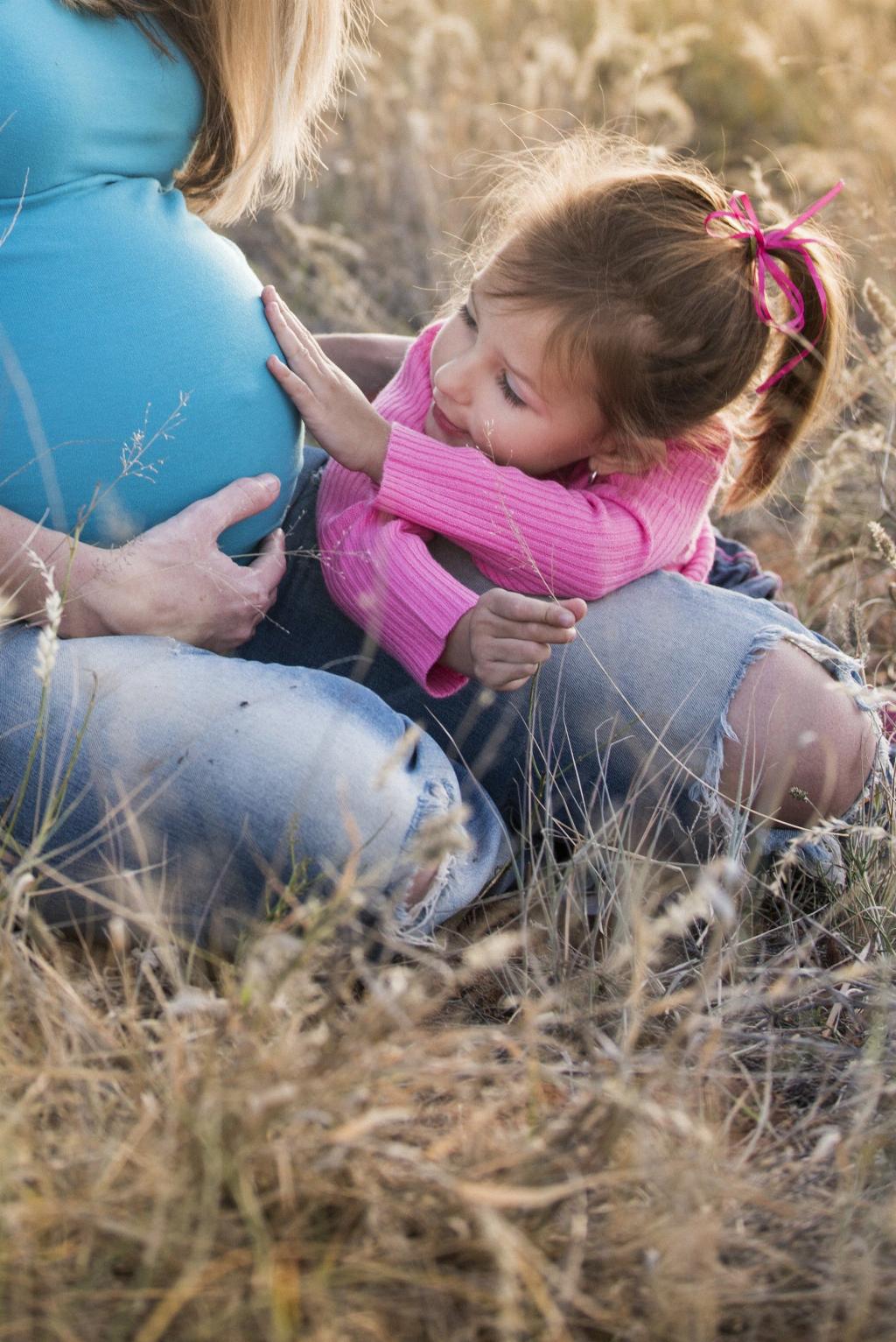Experiencing pain in the upper right rib cage during pregnancy can be unsettling, but it is a common issue that many expecting mothers face. This discomfort can be attributed to a variety of factors, ranging from the physical growth and movements of your baby to changes in your body’s musculature and potential medical complications.
Physiological Reasons for Rib Pain
One of the primary reasons for upper right rib cage pain during pregnancy is the physical movements of your growing baby. As your baby continues to develop and expand within the womb, the pressure exerted on your ribs can lead to varying degrees of discomfort, especially if the baby kicks, stretches, or repositions near the ribs.
Furthermore, as the uterus expands upwards to accommodate the growing fetus, it can push against the rib cage, causing additional strain and discomfort in the upper right region.
Muscular Causes of Rib Pain
Another common reason for rib cage pain during pregnancy is related to the stretching and expanding of the abdominal muscles. As the uterus enlarges, it places increased stress on the abdominal muscles, leading to stretching and potential inflammation in the surrounding areas, including the rib cage.
This muscular strain can contribute to feelings of soreness, tenderness, or sharp pain in the upper right rib cage, particularly as the pregnancy progresses and the abdominal region undergoes more significant changes.
Identification of Medical Complications
While most cases of upper right rib cage pain during pregnancy are related to normal physiological changes, it is essential to be vigilant for any signs of potential medical complications. In rare instances, rib pain may be indicative of conditions such as preeclampsia, gallbladder issues, or liver inflammation, which can pose risks to both the mother and the baby.
If you experience persistent or severe rib cage pain, especially when accompanied by symptoms like high blood pressure, nausea, or unusual swelling, it is crucial to consult with your healthcare provider promptly for a thorough evaluation and appropriate management.
Managing Rib Pain During Pregnancy
While it may not be possible to entirely eliminate upper right rib cage pain during pregnancy, there are several strategies that can help alleviate discomfort and promote a more comfortable experience. Engaging in gentle stretching exercises, practicing good posture, using supportive pillows, and applying warm compresses to the affected area can all contribute to easing the intensity of rib pain.
Additionally, maintaining a balanced and nutritious diet, staying hydrated, and getting an adequate amount of rest can support overall musculoskeletal health and potentially reduce the frequency or severity of rib cage discomfort.
Seeking Professional Guidance
If you are unsure about the cause of your upper right rib cage pain during pregnancy or if the pain persists despite self-care measures, do not hesitate to reach out to your healthcare provider for personalized advice and guidance. Your doctor or midwife can conduct a comprehensive assessment, offer tailored recommendations, and address any concerns you may have regarding your rib pain.
By proactively communicating with healthcare professionals and staying attuned to your body’s signals, you can navigate rib cage pain during pregnancy with greater confidence and ensure the well-being of both yourself and your developing baby.

